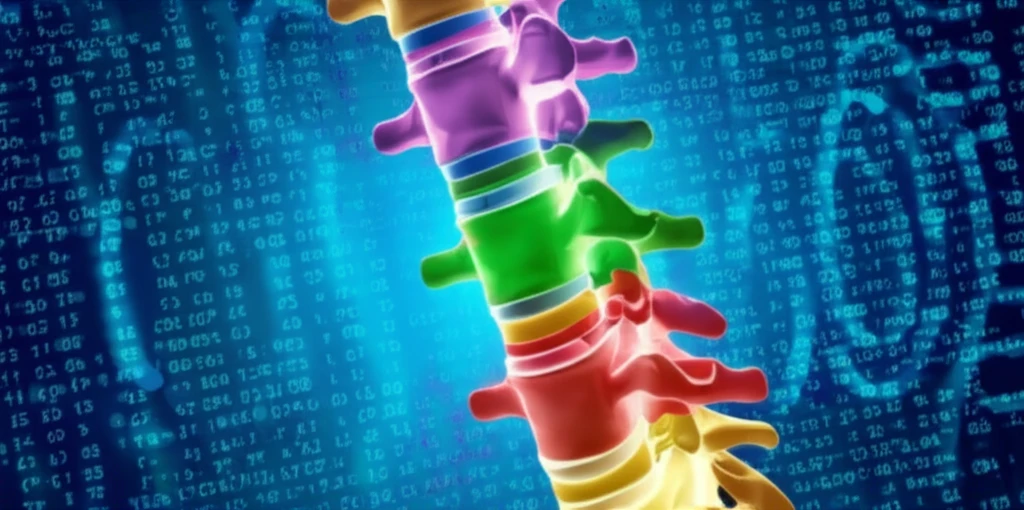
Back Pain Breakthrough: Unlocking the Secrets of Disc Degeneration
"New research reveals distinct gene expression patterns in the annulus fibrosus and nucleus pulposus, paving the way for targeted treatments for intervertebral disc degeneration."
Lower back pain is a widespread issue, significantly impacting quality of life and placing a considerable economic burden on healthcare systems. A major contributor to this discomfort is intervertebral disc degeneration (IDD), a complex process affecting the discs that act as cushions between the vertebrae in your spine.
Each intervertebral disc consists of two key components: the annulus fibrosus (AF), a tough outer layer, and the nucleus pulposus (NP), a gel-like inner core. While decades of research have been dedicated to understanding IDD, the precise molecular mechanisms driving this condition remain elusive. This lack of understanding has hindered the development of truly effective treatments.
A recent study published in Experimental and Therapeutic Medicine sheds new light on IDD by exploring the different gene expression patterns in the AF and NP during the degeneration process. This bioinformatics analysis pinpoints key biomarkers that contribute to these differences, offering a promising avenue for developing targeted therapies to combat back pain.
Decoding Disc Degeneration: What the Genes Reveal?

The study, led by researchers Yi Wang, Ling Jiang, and colleagues, analyzed a microarray dataset (GSE70362) containing gene expression information from both AF and NP samples. By comparing these patterns, the researchers aimed to identify genes that are differentially expressed – meaning their activity levels are significantly different – in the two components of the disc during degeneration.
- Inflammatory Response: Many of the identified DEGs were involved in the body's inflammatory response, a known contributor to pain and tissue damage.
- Extracellular Matrix: The DEGs also played a role in the extracellular matrix (ECM), the structural network surrounding cells. Degradation of the ECM is a hallmark of IDD.
- RNA Polymerase II Transcription Factor Activity: This finding suggests alterations in gene regulation are occurring during disc degeneration.
Targeting the Root Cause: A Future Free from Back Pain?
This study highlights the complex molecular landscape of intervertebral disc degeneration and identifies potential therapeutic targets for future interventions. By understanding the specific genes and pathways involved in IDD, researchers can develop more effective treatments to slow down or even reverse the degenerative process, ultimately alleviating chronic back pain and improving the lives of millions.
